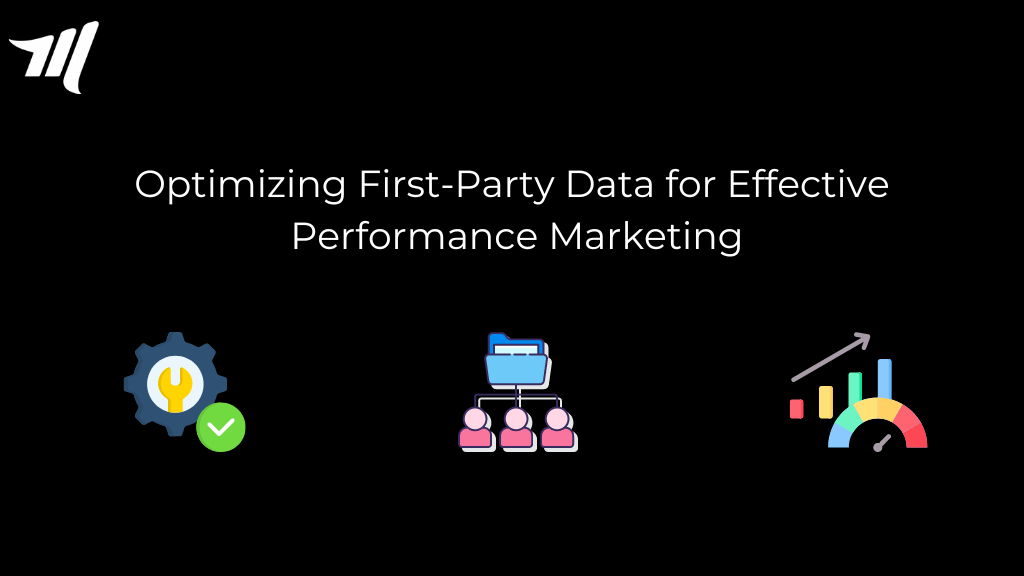Marketers are using first-party data and identity networks to address various connected marketing issues.
The end of third-party cookies is imminent for those who still use them for remarketing. Meanwhile, the 2024 election cycle will deplete paid channels, increasing costs and reducing availability, all of which will have a negative influence on ROI. Of course, customers desire more personalized care while still tightening their control over the information they are ready to disclose.
That’s why businesses must stop depending on third-party data and make a concerted effort to discover and learn more about their customers directly. That involves turning anonymous website and app traffic into known contacts using established identity networks capable of recognizing devices accessing a digital property, assigning them to a human, and finally to an email or cellphone number.
When companies identify unknown traffic, they may create scalable income possibilities by interacting with audiences through personalized messages via owned channels.
That is the plan. However, like with any battle, the tactics used define success or failure. Wunderkind’s recently released guide The Power of Performance Marketing in 2024 describes, among other things, many actions businesses should take to guarantee their efforts produce the desired outcomes.
Here are some best practices from the research, split down by channel, that companies can implement immediately.
Website
Your website serves as your internet storefront and your public face. And the traffic it creates may be beneficial if you can identify and follow up with visitors. So it’s crucial to put your best digital foot forward.
Allocate budget
Customers have increasingly high expectations about the usability of brand websites. Retail businesses spend 10% of their money on creating a high-quality website. Keep up or be left behind.
Do not spam
There are several methods for growing your email list that do not use the usage of third-party cookies to identify visitors or solutions with limited segmentation and frequency capabilities. Instead, use best-in-class data-driven solutions to better understand who is visiting your digital domain, what creative, content, and reward will encourage them to convert, and when and where to make the opt-in request.
Have a strategy
Focus your list-building approach on the users who visit your website, identifying those who arrive, browse, and even abandon. Those who do not risk missing out on the potential money generated by anonymous traffic.
Email marketing is not a new concept, but it is effective. Here’s how to use email effectively in today’s landscape.
Personalized experiences
Batch-and-blast messaging has ended. Today, each site or application interaction may generate an email, providing a chance to personalize offers and drive conversions. On the other hand, any changes or adjustments to your inventory, pricing, or other signals may send emails to customers looking for that back-in-stock, price decrease, or just-added opportunity.
Content and channel alignment
Customers connect with various channels in unique ways, with varying expectations. Make sure that what you create is customised to each channel, for as utilising text for promotional and time-sensitive notifications and email for rich, brand-forward content.
Develop brand loyalty
Don’t lose out on possibilities to convert first-time purchasers into lifetime brand enthusiasts through your channels. Maintain and establish long-term relationships with your consumers using brand-forward content and remarketing.
Text messaging
Text has become one of the most effective mediums for promoting product discovery among buyers. The average open rate for an SMS campaign is 98%, and 70% of consumers believe SMS is one of the most effective ways to capture their attention.
Mobile applications
More people than ever before are purchasing on their mobile devices, and consumer preferences are shifting towards apps over browsers.
Not an option
According to our statistics, mobile apps deliver an average of more than 30% of total traffic to the businesses who utilize them, making them a valuable channel for brands that consider them an extension of their site designed specifically for mobile customers.
Ads
Online advertisements generate a large revenue stream, yet they are frequently perceived as deceptive and disturbing to users. Low-quality and annoying pop-up advertising turns off customers and harms your brand’s reputation. Instead, choose successful ads that respect the surfing experience and use tried-and-true exit intent signals to enhance rather than disturb.
Relevance and Personalisation
Personalized marketing can save client acquisition expenses by up to 50%. But only if the advertisements are relevant and suited to their preferences. This is where identification solutions outperform cookies since they better match the correct ad to the consumer’s preferences and requirements.
Frequency balance
Your advertisements, like your data collecting procedures, should not track your target client around the internet. Setting restrictions on how many times an ad displays to the same individual is critical to ensuring a great consumer experience.
Smart design
Don’t undermine the perceived quality of your items with a low-quality advertisement. Aim for eye-catching, high-impact images with smart creative material provided in a non-disruptive manner for maximum conversion.
Do not intrude
The most effective advertisements deliver a service rather than a disruption. Why disturb a person who is actively engaged with your content with an ad that takes them away from the experience? Angering your audience is not the best way to start.





